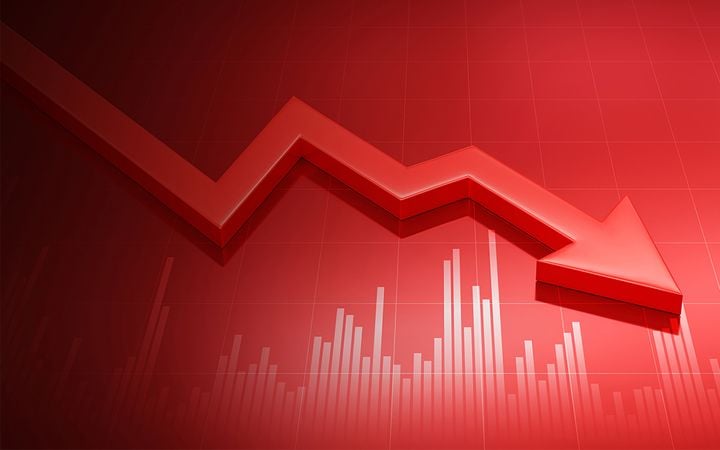
Sales of new automobiles plunged to under 14 million vehicles in 2022, the lowest since 2011, reports Kelley Blue Book.
IMAGE: GettyImages/Lemon-tm
Sales of new automobiles plunged to just shy of 14 million vehicles in 2022, finds Kelley Blue Book estimates for the year ending Dec. 31.
The actual numbers will be known next week as automakers report their annual, fourth-quarter and monthly sales. Full-year sales are forecasted to finish near 13.9 million, which is the lowest number that the industry has seen since 2011 when 12.7 million sales were reported. Even sales during the pandemic were better than 2022, when new vehicle sales came in at 14.6 million for the year.
Automakers and analysts blame the decline on supply chain issues which lowered new vehicle inventories amid heightened demand. Shortages of new vehicles boosted vehicle prices to record highs, which as interest rates climbed, lowered demand.
“This December, there were fewer giant red bows than dealers would have liked,” said Charles Chesbrough, senior economist at Cox Automotive Inc., in a statement. “Given the large improvement in supply levels, it seems likely that rising interest rates are now constraining demand in the retail auto market. With record-high prices and elevated loan rates, the pool of potential new-vehicle buyers is shrinking.”
Higher interest rates have pushed auto loan costs to the highest they’ve been in over 20 years, which has pushed some auto buyers out of the market, reports Cox. Sales numbers since October support this sentiment, as new auto sales have declined by nearly 2 million units since October.
The Federal Reserve is expected to raise rates again on Feb. 1, after raising them throughout 2022 to drive down inflation. Forbes reported that analysts expect rates to increase by 0.25 percentage points, from 4.5%-4.75%.
Cox analysts predict weak growth in 2023, citing the higher interest rates as the reason. According to Cox, new vehicle sales should “increase modestly.”














